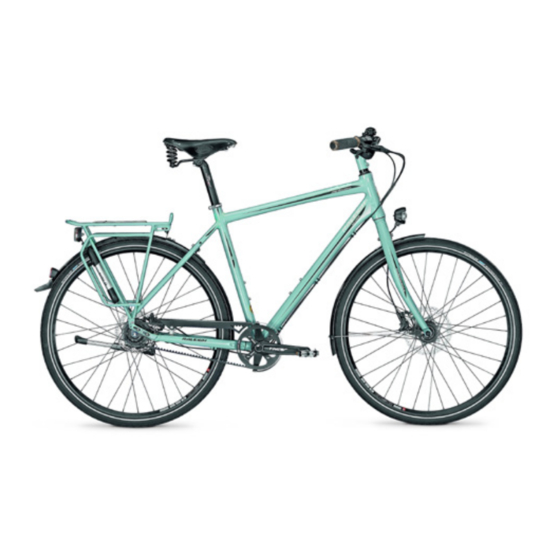
Raleigh Pedelec Impulse Original Manual
Hide thumbs
Also See for Pedelec Impulse:
- User manual (514 pages) ,
- Instrucoes de utilizacao (482 pages) ,
- User manual (397 pages)
Table of Contents
Advertisement
Quick Links
Original User Manual
English
General Original User Manual
Original User Manual | Pedelec with centre motor
Original User Manual | Pedelec Impulse
Original User Manual | Pedelec Impulse Ergo
*
Original User Manual | Pedelec Impulse Speed
*
Original User Manual | Pedelec Groove
*
Original User Manual | Pedelec Xion
Original User Manual | Bosch Performance Line
Original User Manual | Bosch Active Line
Raleigh Univega GmbH 2013
* Not included in this document.
Advertisement
Chapters
Table of Contents
Troubleshooting

















Need help?
Do you have a question about the Pedelec Impulse and is the answer not in the manual?
Questions and answers